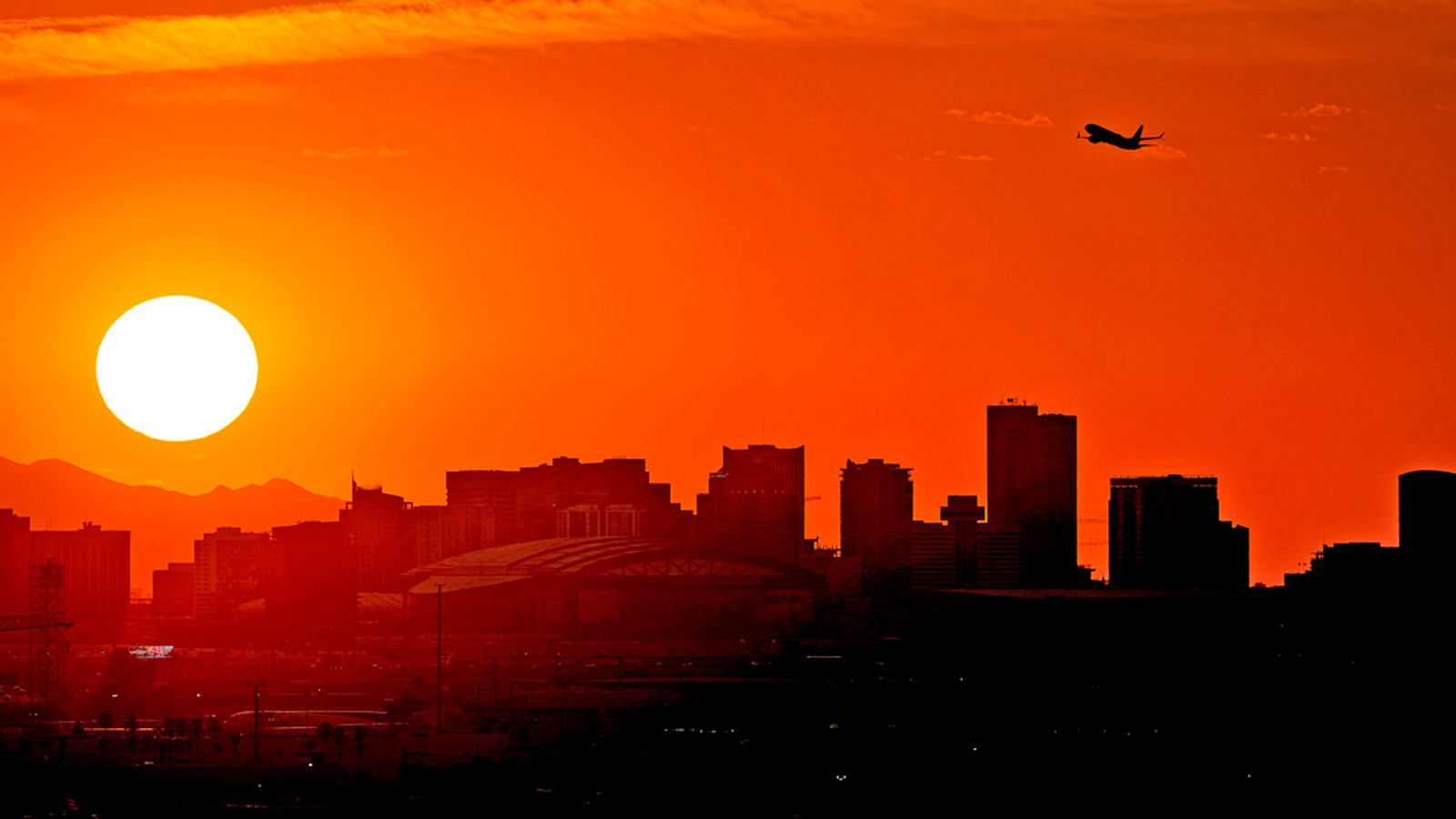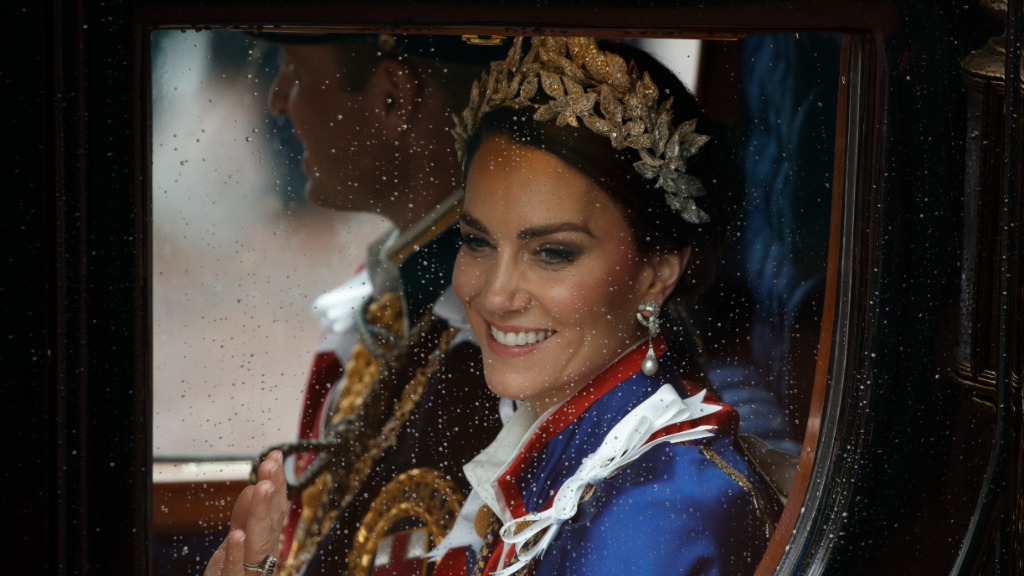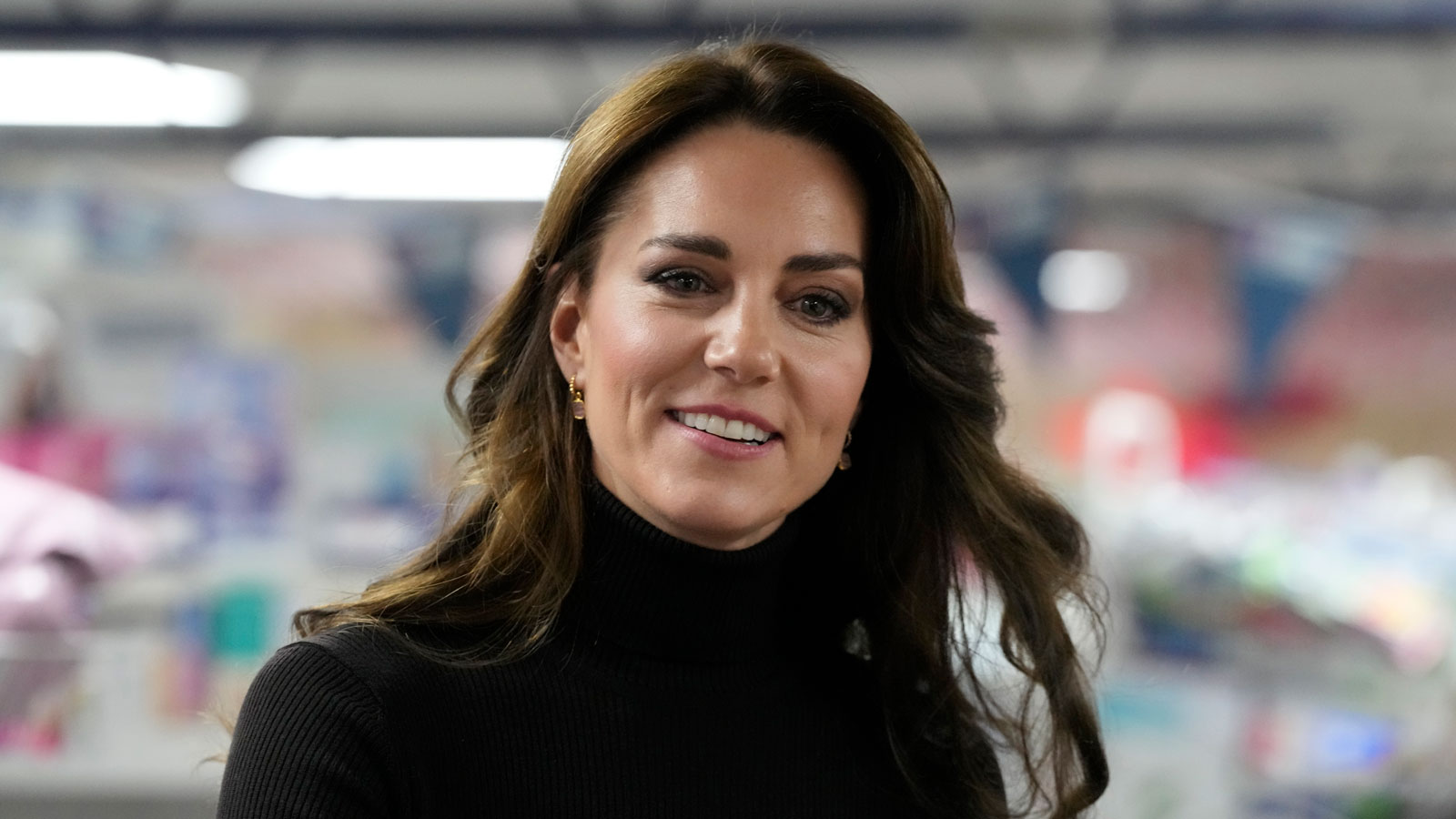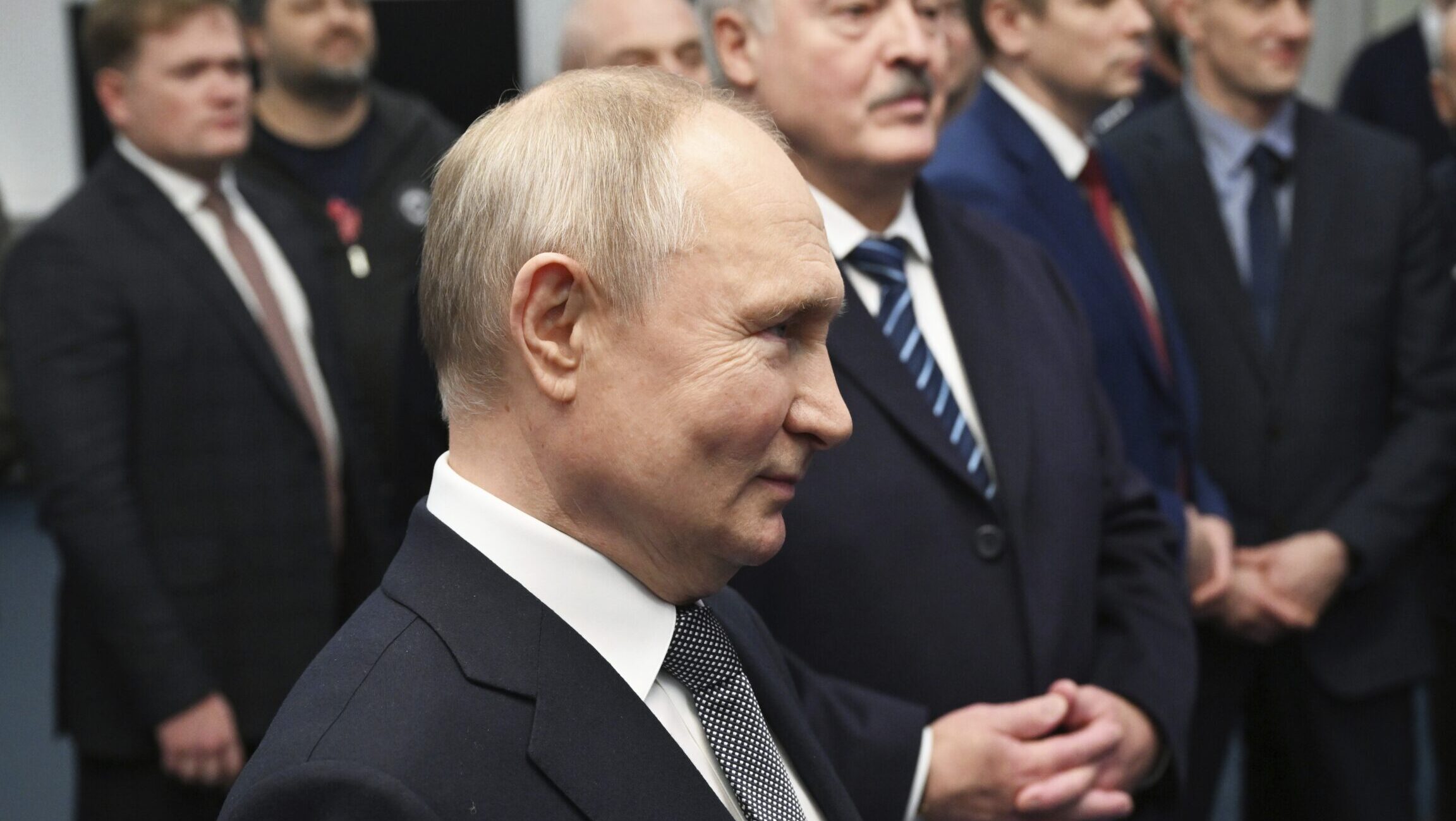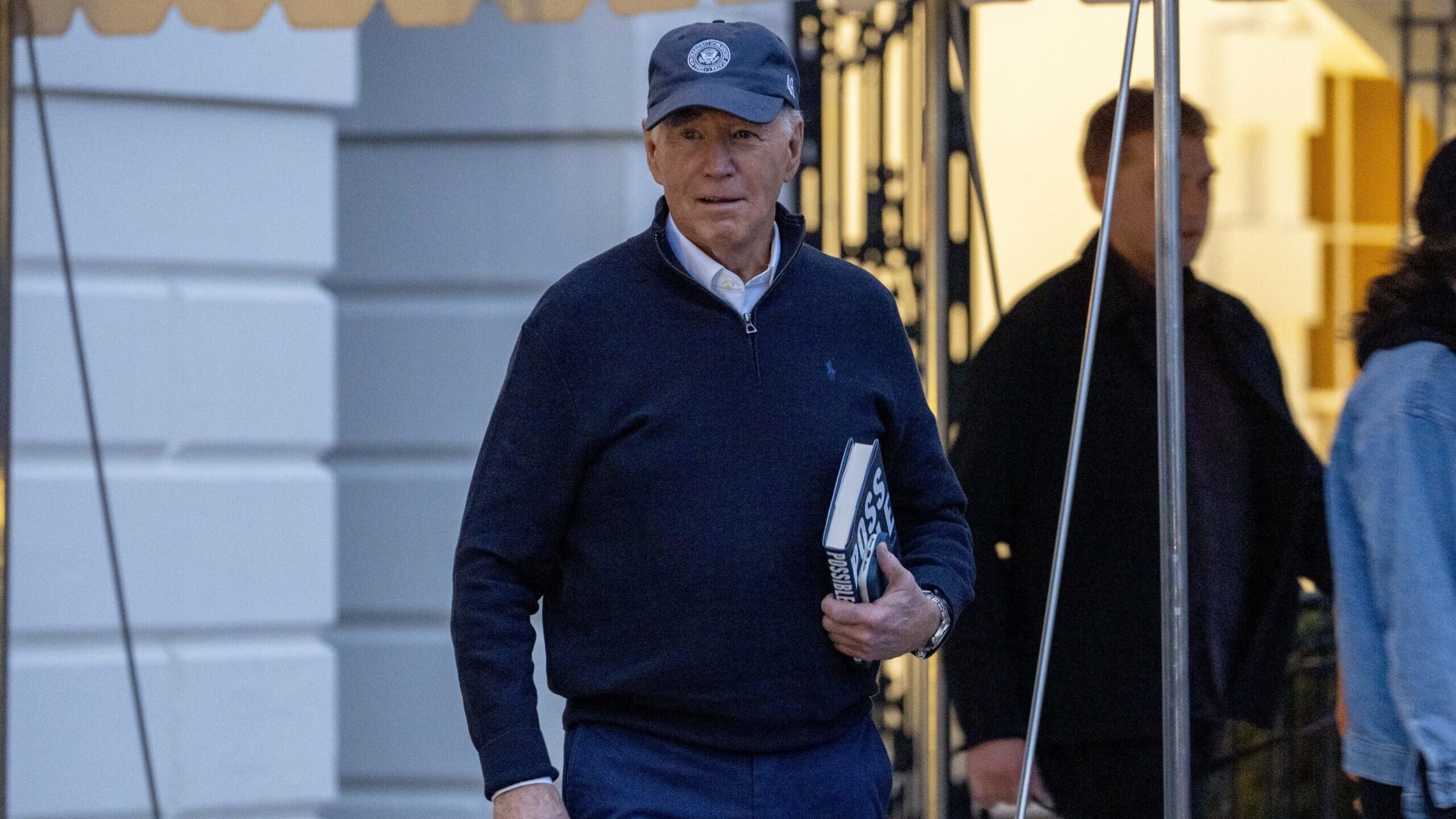Uncertain risks torment Japanese in nuclear zone
Mar 7, 2012, 11:31 AM
Associated Press
FUKUSHIMA, Japan (AP) – Yoshiko Ota keeps her windows shut. She never hangs her laundry outdoors. Fearful of birth defects, she warns her daughters: Never have children.
This is life with radiation, nearly one year after a tsunami-hit nuclear power plant began spewing it into Ota’s neighborhood, 40 miles (60 kilometers) away. She’s so worried that she has broken out in hives.
“The government spokesman keeps saying there are no IMMEDIATE health effects,” the 48-year-old nursery school worker says. “He’s not talking about 10 years or 20 years later. He must think the people of Fukushima are fools.
“It’s not really OK to live here,” she says. “But we live here.”
Ota takes metabolism-enhancing pills in hopes of flushing radiation out of her body. To limit her exposure, she goes out of her way to buy vegetables that are not grown locally. She spends 10,000 yen ($125) a month on bottled water to avoid the tap water. She even mail-ordered a special machine to dehusk her family’s rice.
Not everyone resorts to such measures, but a sense of unease pervades the residents of Fukushima. Some have moved away. Everyone else knows they are living with an invisible enemy.
Radiation is still leaking from the now-closed Fukushima Dai-ichi nuclear plant, though at a slower pace than it did in the weeks after the March 11 earthquake and tsunami. It’s not immediately fatal but could show up as cancer or other illnesses years later.
The uncertainty breeds fear. Some experts say the risks are quite low outside the 20-kilometer (12-mile) no-go zone, and people can take steps to protect themselves, such as limiting intake of locally grown food, not lingering in radiation “hot spots” such as around gutters and foliage, and periodically living outside the area. But risks are much higher for children, and no one can say for sure what level of exposure is safe.
What’s clear is Fukushima will serve as a test case that the world is watching for long-term exposure to low-dose radiation.
More than 280,000 people live in Fukushima city alone, though some have left, and many more live in surrounding towns, including many of the 100,000 who have been evacuated from the no-go zone.
“People are scared to death,” says Wolfgang Weiss, chairman of the U.N. Scientific Committee on the Effects of Atomic Radiation, which is studying Fukushima. “They are thinking, `Tell me. Is it good or bad?’ We can’t tell them. … Life is risky.”
It hasn’t helped that the government has given only the most optimistic scenarios of the risks to avoid mass panic.
Public skepticism of government assurances grew when the man appointed as health adviser for Fukushima prefecture, Shunichi Yamashita, repeatedly said exposure to 100 millisieverts of radiation a year was safe.
Studies have found that cancer risks rise at an annual exposure of 100 millsieverts or above but aren’t statistically detectable at lower levels. Below 100, experts can’t say for sure whether it’s safe, just that a link to cancer can’t be proven.
In Fukushima and nearby areas, outside the 20-kilometer evacuation zone, the annual exposure is 20 millisieverts in some places and as high as 50 in others. Before the disaster, people in Japan were exposed to about 1 millisievert of natural background radiation a year; in the United States the average is about 3 millisieverts.
The controversy earned Yamashita a nickname: “Mr. 100 Millisieverts.” Toshiso Kosako, a professor at the University of Tokyo’s graduate school, stepped down as government adviser last year in a tearful protest of Yamashita’s views.
Kouta Miyazaki is among those who have lost confidence in the government.
“Government officials should all come live in Fukushima for several years and bring their families. They’re all staying in places where it’s safe,” Miyazaki says. “We’re being told to get radiated and drop dead.”
Miyazaki, 40, closed his online business selling Fukushima peaches; he doubts anyone would buy them now. He plans to move away with his 15-year-old son, although that would mean living separately for a while from his wife, who works as a counselor in Fukushima.
The nature of the threat has changed over time. Initially, it was exposure to the large releases of radiation from explosions at the plant. The risk from leaks remains but at a much reduced level.
These days, the main danger is less obvious but just as real: consuming contaminated food and water and ingesting radioactive particles. Radioactive material has accumulated in gutters where rainwater collects and shrubs with leaves that suck in radiation.
The risk is cumulative. The radioactivity in one’s body builds up through various activities, including eating contaminated food every day or staying in a hot spot for an extended period.
Schools are restricting outdoor activities, and radiation meters dot the streets. Some people are using their own devices to measure radioactivity.
At area hospitals, thousands of people are on waiting lists to get their radiation levels measured with whole-body counters. One child at Minami Soma Hospital, southeast of Fukushima, was found with 2,653 becquerels of radioactive cesium.
It’s a big number, but is it dangerous? Jacques Lochard, an International Commission on Radiological Protection official advising Fukushima prefecture, says the child’s exposure could amount to as little as 0.3 millisieverts a year, or as much as 8 millisieverts, depending on how the child was exposed to the radiation.
All most residents know is that their bodies are contaminated. What the numbers mean is unanswered.
Kunihiko Takeda, a nuclear and ecology expert who has been more outspoken about the dangers than many others, says people become less afraid after he explains the risks.
“They are freed from the state of not knowing,” says Takeda, who has a blog with instructions on how parents can protect their children from radiation. “They now know what to do and can make decisions on their own.”
Lochard says he was sad to hear about a Fukushima woman whose children were too afraid to bring her grandchildren from Tokyo for visits. All the parents need to do, he said, is bring food from home and keep the children indoors.
Still, Lochard says, “There is no safe level. It is a small risk but not zero.”
After the 1986 Chernobyl accident, more than 6,000 thyroid cancers clearly linked to radioactive iodine were found in children and adolescents. A study by Weiss’ U.N. committee found exposure to iodine was lower in Fukushima than at Chernobyl. Still, parents are worried because the Chernobyl cancers didn’t emerge until a couple of years later.
“Nobody can say this is over. I’d be the last to say that,” Weiss says.
Mayor Shouji Nishida of Date, a city of 66,000 people in Fukushima prefecture, says his community is preparing for the future by relying less on the central government, and by adjusting expectations. He believes 5 millisieverts of radiation a year _ five times the typical amount of background radiation in Japan _ is a realistic goal.
“We are defining policies to live and coexist with radiation,” he says.
___
Follow Yuri Kageyama on Twitter at
http://twitter.com/yurikageyama
(Copyright 2012 The Associated Press. All rights reserved. This material may not be published, broadcast, rewritten or redistributed.)

